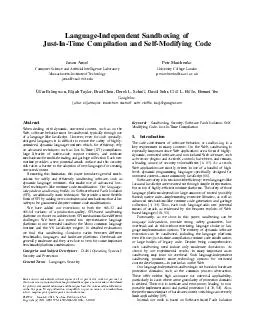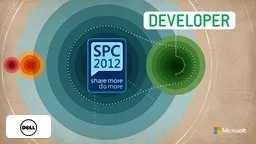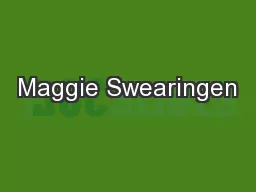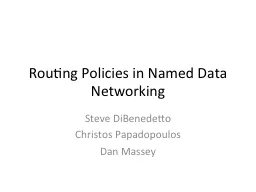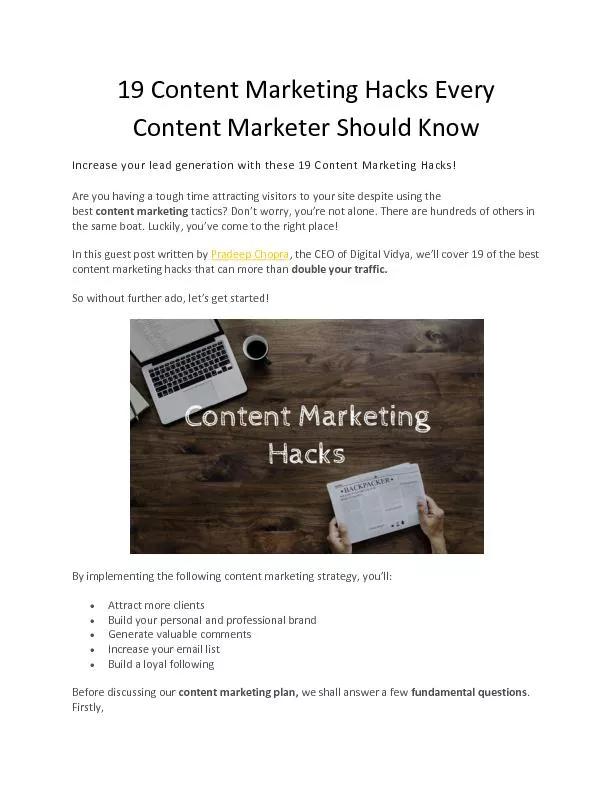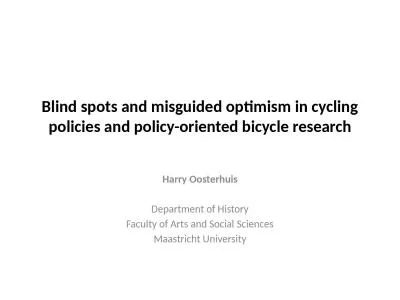PPT-Sandboxing and Content Security Policies
Author : kittie-lecroy | Published Date : 2017-01-14
Tyler Moore CS 7403 University of Tulsa Principle of Least Privilege Every program and every privileged user of the system should operate using the least amount
Presentation Embed Code
Download Presentation
Download Presentation The PPT/PDF document "Sandboxing and Content Security Policies" is the property of its rightful owner. Permission is granted to download and print the materials on this website for personal, non-commercial use only, and to display it on your personal computer provided you do not modify the materials and that you retain all copyright notices contained in the materials. By downloading content from our website, you accept the terms of this agreement.
Sandboxing and Content Security Policies: Transcript
Download Rules Of Document
"Sandboxing and Content Security Policies"The content belongs to its owner. You may download and print it for personal use, without modification, and keep all copyright notices. By downloading, you agree to these terms.
Related Documents


